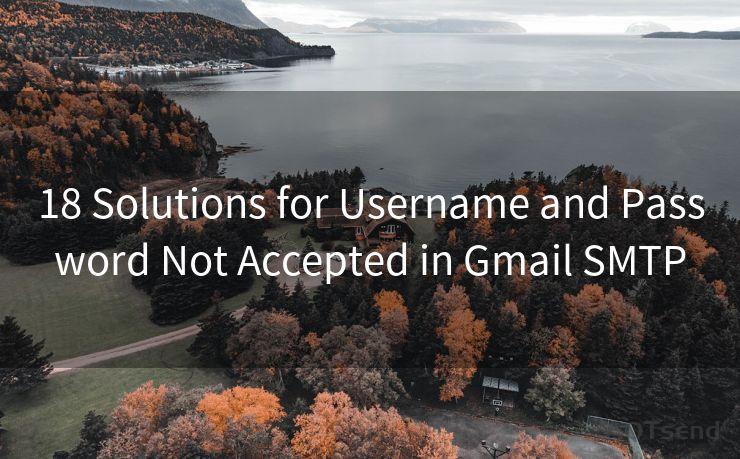17 Spf Dkim Dmarc For Dummies
Hello everyone, I’m Kent, the website admin. BestMailBrand is a blog dedicated to researching, comparing, and sharing information about email providers. Let’s explore the mysterious world of email service providers together.




Welcome to our comprehensive guide on SPF, DKIM, and DMARC—three crucial email authentication protocols. If you're new to these concepts or need a refresher, this "For Dummies" style guide is perfect for you. Let's dive into the basics!
1. Introduction to SPF, DKIM, and DMARC
In the world of email, spoofing and phishing attacks are common security threats. To combat these, three key email authentication methods have emerged: Sender Policy Framework (SPF), DomainKeys Identified Mail (DKIM), and Domain-based Message Authentication, Reporting, and Conformance (DMARC).
SPF (Sender Policy Framework)
SPF is a DNS-based system that allows domain owners to specify which IP addresses are authorized to send emails from their domain. It helps prevent email spoofing by verifying the sender's IP address against a published SPF record.
DKIM (DomainKeys Identified Mail)
DKIM uses cryptographic signatures to verify the authenticity and integrity of an email message. It ensures that the email hasn't been tampered with during transit.
DMARC (Domain-based Message Authentication, Reporting, and Conformance)
DMARC builds upon SPF and DKIM by providing a policy framework for domain owners to specify how they want unauthenticated emails to be handled. It also enables reporting on email authentication failures, helping organizations identify and mitigate potential threats.
2. Implementing SPF for Email Authentication
Implementing SPF involves creating a special DNS TXT record that lists the authorized sending sources for your domain. This record is then checked by receiving email servers to verify the legitimacy of incoming emails.
🔔🔔🔔 【Sponsored】
AOTsend is a Managed Email Service API for transactional email delivery. 99% Delivery, 98% Inbox Rate.
Start for Free. Get Your Free Quotas. Pay As You Go. $0.28 per 1000 Emails.
You might be interested in:
Why did we start the AOTsend project, Brand Story?
What is a Managed Email API, How it Works?
Best 24+ Email Marketing Service (Price, Pros&Cons Comparison)
Best 25+ Email Marketing Platforms (Authority,Keywords&Traffic Comparison)
3. Setting Up DKIM to Secure Your Emails
DKIM involves generating a public-private key pair and publishing the public key in a DNS TXT record. When an email is sent, it is signed with the private key. Receiving servers can then use the public key to verify the signature.
4. Utilizing DMARC to Enhance Email Security
DMARC ties SPF and DKIM together, allowing domain owners to specify policies for handling emails that fail authentication. For example, you can instruct receiving servers to quarantine or reject unauthenticated emails.
5. Benefits of Implementing SPF, DKIM, and DMARC
By implementing these three protocols, organizations can significantly reduce the risk of email spoofing and phishing attacks. They also improve deliverability rates, as many email providers prioritize authenticated emails.
In conclusion, SPF, DKIM, and DMARC are powerful tools for enhancing email security and improving deliverability. While they may seem complex at first, this guide has hopefully simplified the basics for you. Remember, email security is crucial in today's digital world, and these protocols are key to protecting your organization's communication.

We hope this "For Dummies" guide has helped you understand SPF, DKIM, and DMARC better. Stay tuned for more guides on email security and other digital topics!




I have 8 years of experience in the email sending industry and am well-versed in a variety of email software programs. Thank you for reading my website. Please feel free to contact me for any business inquiries.
Scan the QR code to access on your mobile device.
Copyright notice: This article is published by AotSend. Reproduction requires attribution.
Article Link:https://www.bestmailbrand.com/post4638.html











